Down, down, down we descend, 103 metres below the surface of the French Dordogne on an adventure to discover Gouffre de Padirac, Europe’s most famous cave.
This popular cave, first known as the Devil’s Hole, has been visted by more than 24 million people since its discovery and our guide tells us that in July, the peak month for visitation, more than 7,000 people a day take the tour. We are here in October and there are no queues and plenty of space to move around.
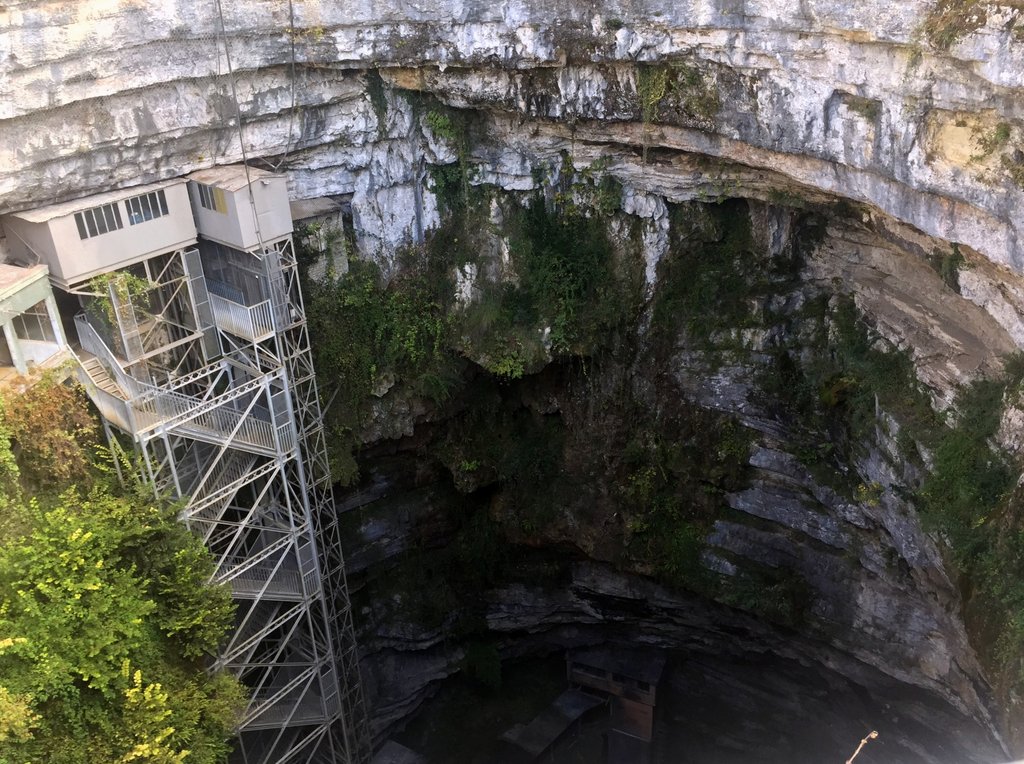
Avoid the crowds at Gouffre de Padirac in the French Dordonge
I’m very glad about that because being slightly claustrophobic, I think a full cave would not be a very comfortable experience. It also means I can sneak a few photos, which officially are not allowed once you enter the cave. Perhaps because there are only a few people here when I’m visiting, they are not making a fuss about photos even though it is Europe’s most popular cave.


How many stairs to the bottom?
The opening has a diameter of 33 metres, so there is plenty of light cascading down to the cave entrance. You can take the stairs, all 207 steps, and some fit souls do, but the lift for the 75 metre descent works for me.
Half way in to Gouffre de Padirac there is a path leading out in to the middle of the cavern when light streams down to highlight a statue. It’s an amazingly peaceful spot, but I imagine at peak times the feeling would be quite different.
Another lift down and more walking until we come across the underground river and the tour proper starts.
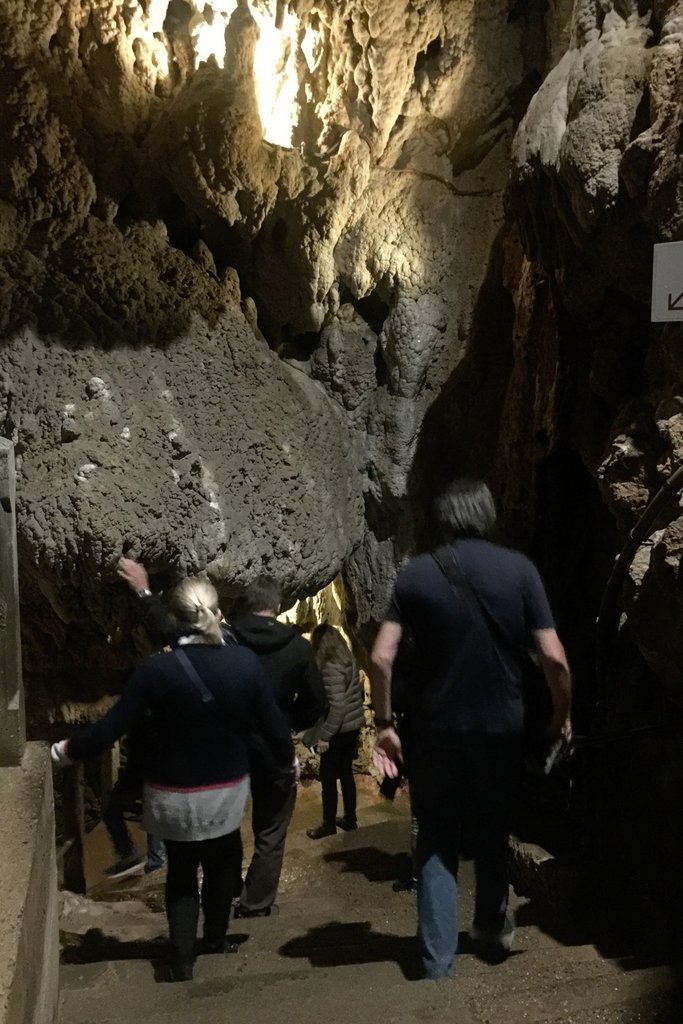
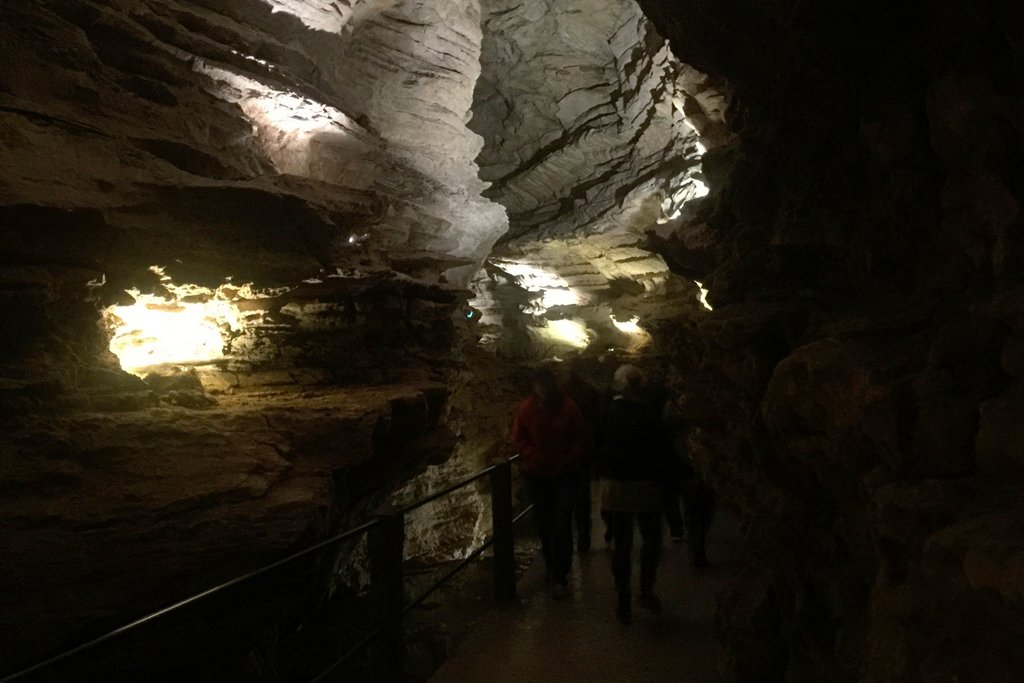
It’s a subterranean river flowing under the Dordogne
Gouffre de Padirac’s subterranean river is filled with what the guide describes as galleries where different rock formations, polished by centuries of erosion, amaze and delight.
The stunning Grande Pendeloque, a gigantic 60-metre-tall stalactite hanging from the ceiling and the 94-metre-high Salle du Grame Domes vault are impressive sights.
Inside the cave the temperature s a pleasant 13 degrees celsius. It might sound cold, but there is quite a lot of walking which will keep you warm.
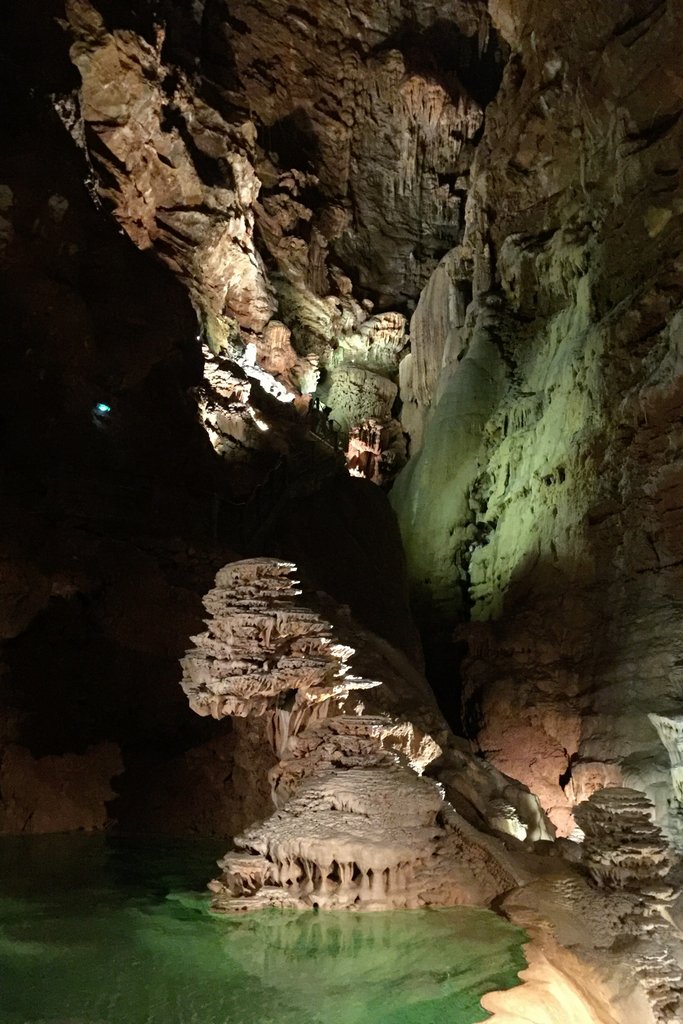
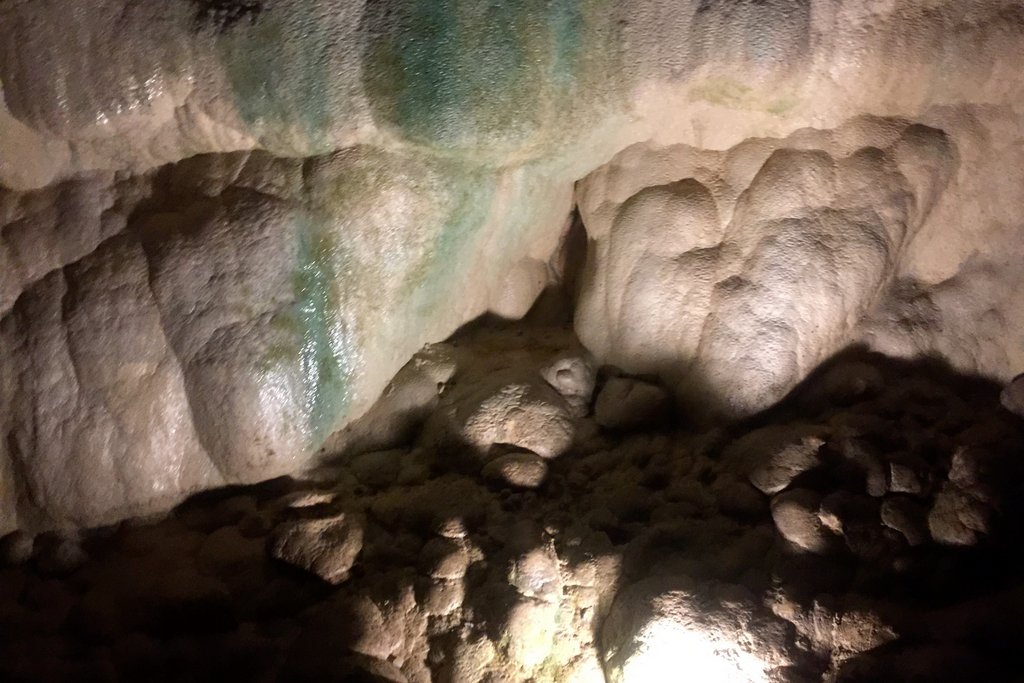
A twist of fate
Edouard-Aflred Martel, the man who discovered Europe’s most famous cave system, was a great adventurer and explorer but lacked the funds to make his discovery open to the public until fate came to his aid.
Martel left his bag of Gouffre de Padirac maps and his design ideas in a Parisian cab by accident. Luckily, the next passenger was George Beamish, heir to the Irish beer brand of the same name. He browsed Martel’s plans and was amazed by the subterranean river project. Beamish contacted Martel and started the project going.
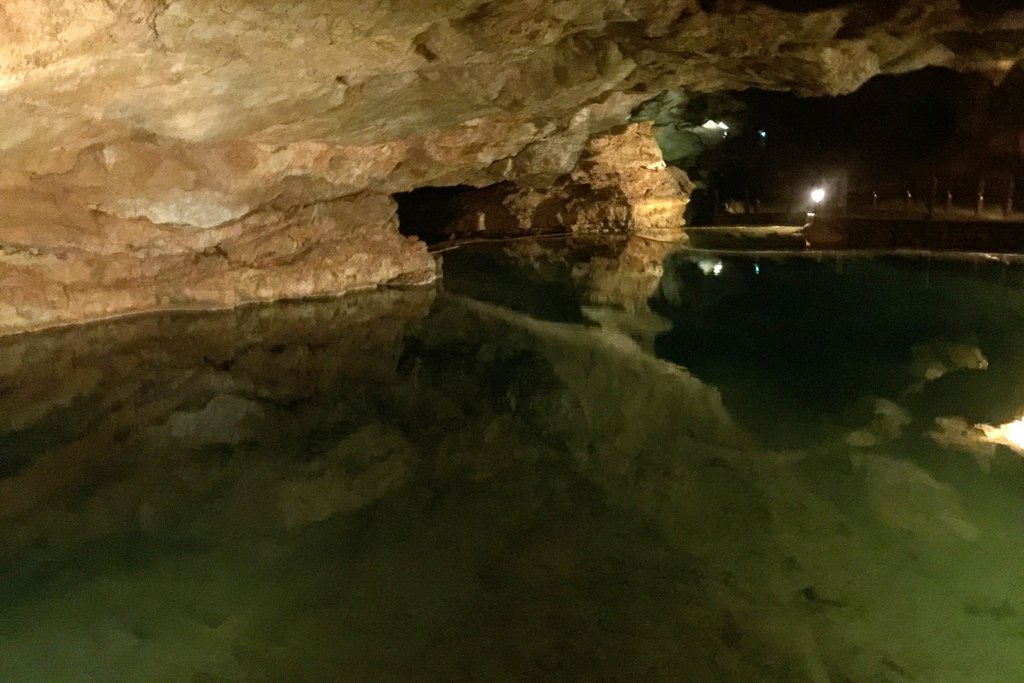
Visiting Gouffre de Padirac
The cave, which is located in the heart of the Dordogne Valley in Lot Department and very close to Rocamdour, first opened to visitors in 1898 and the first tourists were greeted in 1899.
Even though this is the largest underground natural site in France, only two kilometres of the 40 kilometres of the extensive cave system are open to visitors.
As you glide along the underground river, punted by your guide, you’ll see incredible caverns with rock gardens and stalactites. At different stages visitors can leave the boat for a while, and climb through the caves via a steep staircase to view the cavern from on high.
At the end of the tour, the boat returns to the starting point and you retrace your steps to the surface.

And then there was lunch
After exploring the cave we went to a delightful cafe, Chez Ernestine, for lunch and enjoyed some local cheese with our meal.
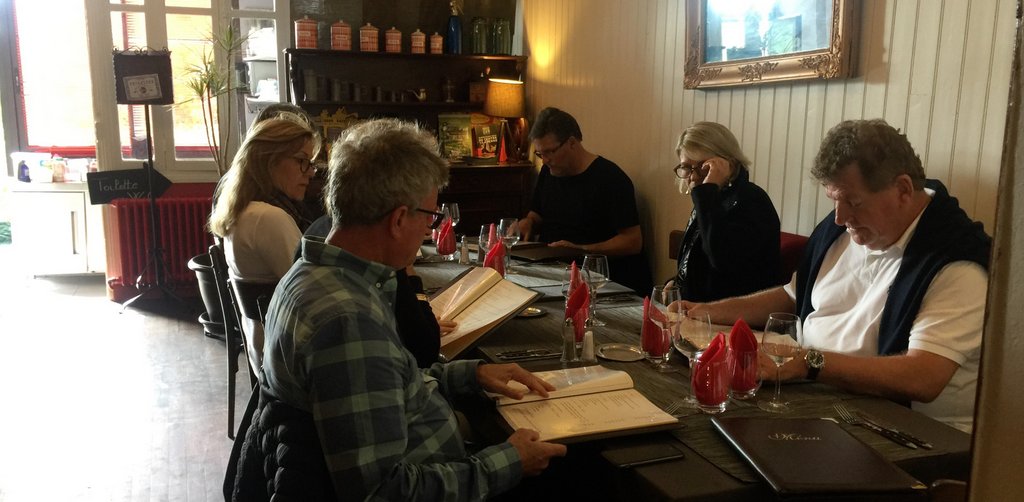

Where is Gouffre de Padirac?
You find Gouffre de Padirac, Europe’s most famous cave, about 15 minutes drive from Rocamodour, another one of France’s not-to-be-missed destinations. Padirac, Gramat, Gourdon, Lot, Midi-Pyrenees, 46500, France
Traditionally it opens to visitors from Easter until early November each year. In 2019 the caves celebrated the 130th anniversary of the discovery by Edouard-Alfred Martel.
More about caves and France
- A week in the Dordogne – Shopping at the Issigeac Sunday Market
- Explore Australia’s only dolomite cave in Tasmania.
Disclaimer:
Ed+bK travelled from Australia to Europe as a guest of Cathay Pacific with a stopover at Hong Kong.

